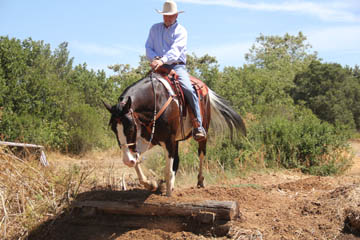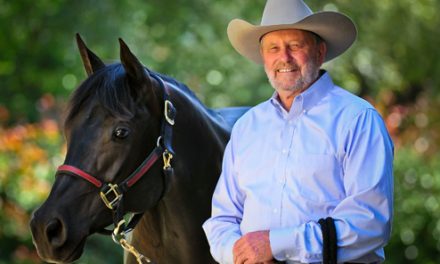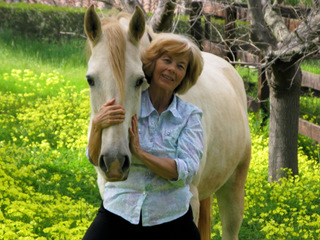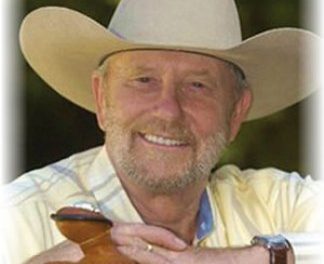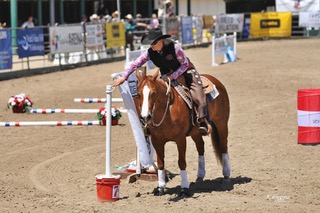In communication with your horse, one of the first things to understand is that the horse thinks differently and speaks a different language than you do. It is common to humanize a horse’s behavior but you should not. For example, if you give your horse a treat every time you come into the barn and he whinnies when you come in, he is not welcoming you. He is asking for, and sometimes even, demanding his treat. Though people see this as cute and the horse being glad to see them, it is not good behavior and can lead to a horse being aggressive and even dangerous. Your horse must respect you and you must be the leader.
The horse must understand that herd behavior is not acceptable. Normal herd behaviors include kicking, striking, rearing and biting. By these behaviors, horses determine who is the leader of the herd. Because safety is always a concern, it is important the horse be trained to have proper manners and recognize that you are the leader. Even a sweet, gentle, good minded horse can at times revert to its natural behaviors. Most accidents do happen on the ground. A rude and pushy horse can be a real danger. This is why we need to learn the horse’s language and why we need to be the leaders in our relationships with our horses.
Eighty-five to ninety percent of horse owners today are women who average between the ages of thirty-five and sixty-five and who are new or returning to riding.
How do we establish leadership in the relationship with our horse? We need to continue to expand our learning. When your skill with groundwork and your riding skills increase, the horse will progress in his training and acceptance of your leadership. Clear, consistent cues and follow-through build your horse’s trust.
Only about ten percent of the people who own and ride horses can train their horse and improve their riding skills without some type of assistance.
Most riders do not have the skills or confidence to begin without a trainer. It is important to get connected with a trainer early. A trainer should ride the horse and learn the horse’s issues, weaknesses, and strengths. You should receive instruction on the horse at least twice a week. You can have a well trained, well behave horse and in a month’s time of not being ridden properly, the horse will fall apart and revert to horse behaviors. Make sure you get connected with someone you can communicate with and who can provide the level of help you need. A trainer can help you establish leadership so that you will be confident and safe whether on the ground or in the saddle.
There is no reason why you can’t enjoy your horse and have a wonderful time. There are a lot of activities out there to do with your horse. We work with cattle, go out on the trail, and compete in local events and shows. With the right horse and with an effective trainer to coach you, you should do very well, be safe and really enjoy your horse.

